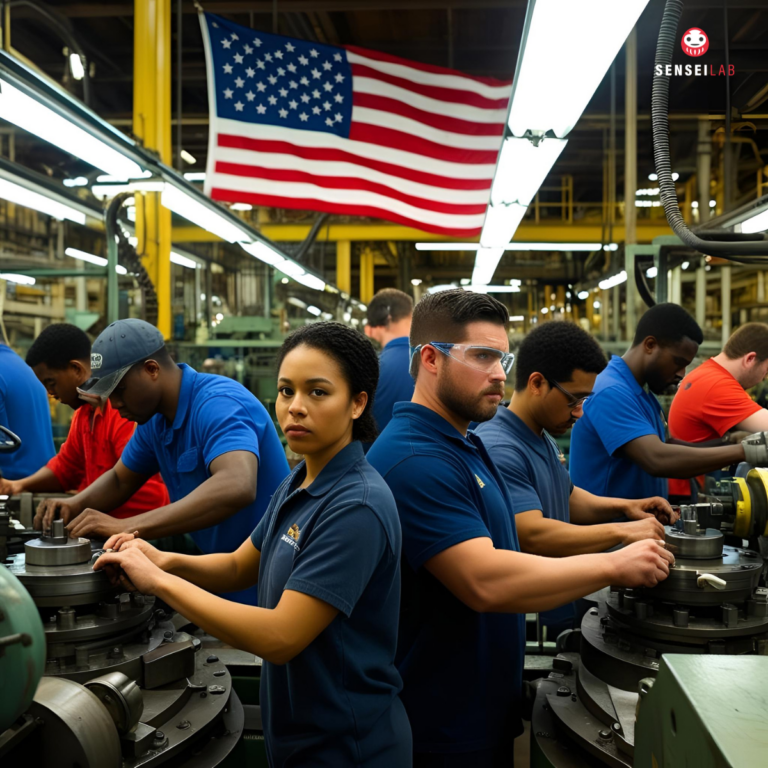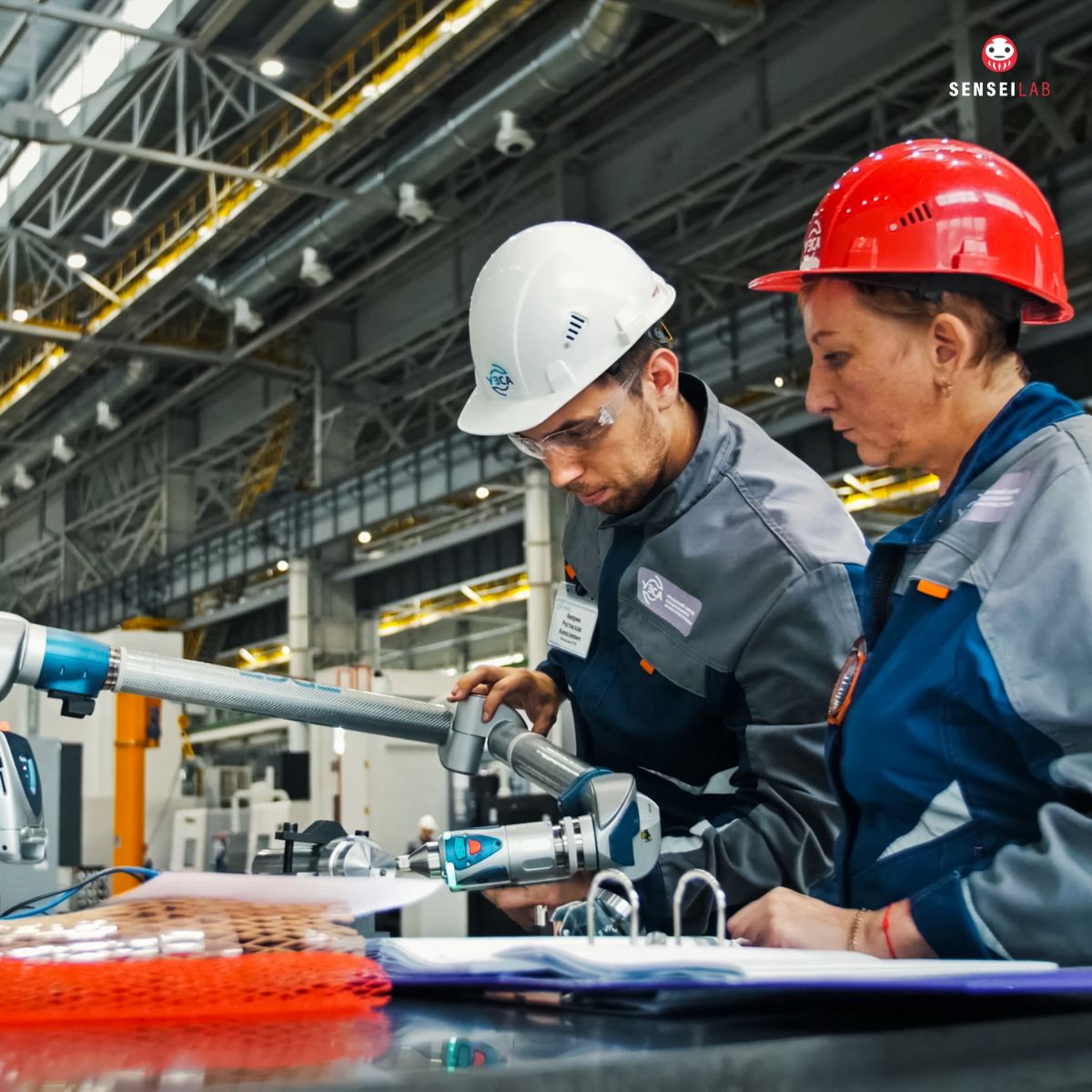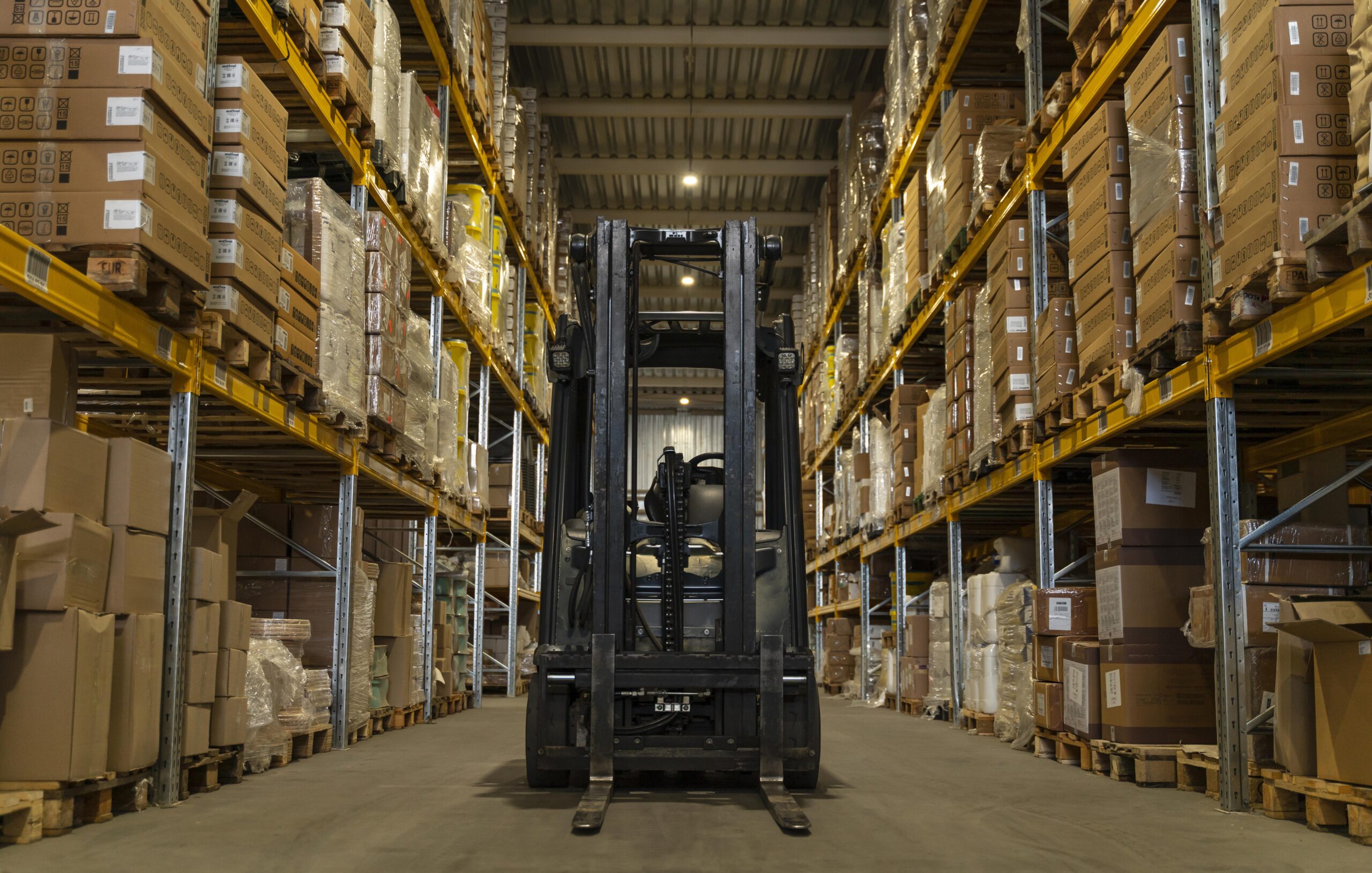Lean Manufacturing promises a streamlined path to efficiency, quality, and competitiveness – a powerful draw for US manufacturers navigating today’s turbulent economic waters. But while the principles are sound, the implementation journey is often more like navigating a gauntlet than a clear path. Many organizations start with enthusiasm, only to find their progress stalled by stubborn, multifaceted challenges.
Understanding these roadblocks is the first step to overcoming them. Let’s dive into the critical difficulties tripping up Lean initiatives across the US manufacturing sector today.
A. The People Puzzle: Workforce and Cultural Impediments
Lean is fundamentally about people and processes, making workforce challenges and cultural resistance some of the most significant hurdles.
1. The Persistent Skills Gap and Talent Shortage:
The struggle to find and keep skilled workers is a major headache for US manufacturers. Projections are stark: potentially 1.9 million to 2.1 million manufacturing jobs could go unfilled by the early 2030s. Attracting and retaining talent is the top challenge for 60% of manufacturers, driven by factors like an aging workforce, attracting younger generations, and a lack of modern technical skills.The economic cost? A potential $1 trillion hit to the US economy by 2030.
But it’s not just about empty positions. A hidden crisis is the “wasted skill” – the underutilization of the talent already on the payroll. Highly skilled operators (machinists, welders, technicians) often find themselves doing tasks far below their capabilities, like basic material handling. This isn’t just inefficient (around 20.6% of plants operate below capacity partly due to these shortages); it crushes morale and drives valuable employees away. The challenge is twofold: finding new talent and making the most of the skills you already have. Plus, the rise of smart manufacturing demands new digital skills like data literacy, adding another layer of complexity.
2. Fostering Engagement and Overcoming Cultural Resistance:
Disengagement on the shop floor is a chronic issue, with many workers feeling disconnected from company goals. This apathy kills initiative and undermines the continuous improvement (Kaizen) culture essential for Lean.
Resistance to change – from the shop floor to the management suite – is perhaps the single biggest barrier. Fear of job loss, disruption of routines, or simple skepticism can halt progress. Poor training only makes it worse, leaving employees confused about Lean’s purpose and their role. Many companies lack internal Lean experts and robust training programs. Ultimately, achieving a Lean culture requires a fundamental shift, moving away from top-down control towards collaboration and empowerment.
B. Operational Headwinds: External and Internal Pressures
Beyond internal dynamics, manufacturers face significant external and operational pressures that complicate Lean implementation.
1. Supply Chain Fragility and the Quest for Resilience:
Global supply chains remain worryingly fragile. Disruptions from pandemics, geopolitical tensions, trade issues, and natural disasters cause delays, drive up costs, and frustrate customers. Supply shortages were the top worry for 56% of supply chain executives in a 2024 survey.
These disruptions wreak havoc on inventory management, already complicated by volatile demand and integrating new tech. Many executives spend excessive time (nearly 14 hours weekly) manually tracking data, and a staggering 76% admit they lack predictive visibility, relying on “gut decisions”. Adding fuel to the fire is the uncertainty around international trade tariffs (e.g., with Canada, Mexico, China), which can drastically alter sourcing costs and demand rapid strategy shifts.
2. The Specter of Rising Costs and Inflationary Pressures:
Costs are soaring – materials, wages, transport, energy. A hefty 70% of manufacturing CEOs named rising costs their biggest challenge for 2025. Inflation remains stubbornly high, with key indices like the CPI and PPI above target levels. This financial pressure squeezes profits and makes companies hesitant to fund the necessary investments in Lean initiatives or new digital tools.
C. Strategic Hurdles: Leadership, Investment, and Integration
Even with the best intentions, strategic missteps and integration challenges can derail Lean efforts.
1. The ROI Enigma: Justifying Lean Investments and Demonstrating Value:
A common frustration is the difficulty in showing a clear financial payoff from Lean activities. Localized improvements on the plant floor might happen, but they often don’t translate to the bottom line if core management systems don’t change alongside them. The challenge is moving from isolated efficiency gains to systemic financial benefits.
Quantifying the benefits of some Lean methods can also be tricky. Coupled with a short-term focus in many organizations, Lean programs can get cut prematurely if dramatic results aren’t seen immediately, hindering sustained investment and commitment.
2. Leadership Labyrinth: Securing True Commitment Beyond Lip Service:
Lack of genuine top management commitment is a recurring killer of Lean transformations. Passive approval isn’t enough. Real success requires active championship, resource allocation (people and money), consistent communication, and personal involvement in driving cultural change.
Resistance from managers themselves, a shallow understanding of Lean, or viewing it as a distraction can sabotage efforts. Simply “supporting” Lean isn’t sufficient; a shift from traditional command-and-control to a coaching-focused Lean management system is needed to truly empower employees and embed continuous improvement.
3. The Digital Double-Edged Sword: Integrating Technology without Diluting Lean Principles:
Digital tools (IoT, AI, robotics) offer huge potential but come with baggage. High upfront costs are a major barrier, especially for smaller businesses.
Integrating new tech with existing legacy systems is complex and often fails – perhaps only 30% of manufacturers successfully scale digital initiatives, often due to outdated IT infrastructure. More connections mean more cybersecurity risks, a critical concern as manufacturing is a prime target for attacks.
Critically, there’s the risk of “technology for technology’s sake.” Implementing digital tools without clear alignment to Lean principles (value creation, waste reduction) can simply automate existing waste or add unnecessary complexity. The focus can wrongly shift from process improvement to tech deployment. The fact that over 30% of GenAI projects might be abandoned by the end of 2025 due to unprepared leadership and unclear ROI highlights this danger.
These challenges often feed into each other, creating a tangled web. Rising costs make companies shy away from training or tech investments, worsening the skills gap and fueling resistance, which hinders Lean implementation and prevents the very efficiencies needed to combat costs. A leadership focused only on short-term results might cut Lean programs, damaging long-term competitiveness in a vicious cycle.
The gap between knowing Lean principles and successfully doing Lean implementation is significant, and the complexities of digital integration, supply chain volatility, and workforce issues only widen it. Underutilizing skilled workers drains ROI and engagement, while the paradox of needing significant capital for digital tools clashes with Lean’s traditional focus on low-cost improvements, demanding new ways to evaluate long-term strategic investments.
Table 2: Top Lean Implementation Challenges in the US (2025) & Strategic Considerations
| Challenge Category | Specific Difficulty | Strategic Considerations / Questions for Leadership |
| Workforce & Culture | Skills Gap & Talent Shortage | How can we build a sustainable talent pipeline for both traditional and digital manufacturing skills? Are our compensation and development programs competitive? |
| Underutilization of Existing Skills | Are we accurately assessing and deploying the full capabilities of our current workforce? How can we redesign roles to maximize skill utilization and job satisfaction? | |
| Cultural Resistance & Lack of Engagement | How can we create a compelling vision for Lean that resonates with all employees? What mechanisms are in place to genuinely empower employees and foster a Kaizen mindset? | |
| Operational Pressures | Supply Chain Volatility & Risk | How can Lean principles be applied to build greater resilience and agility into our supply chain? Are we leveraging data effectively for predictive insights and risk mitigation? |
| Rising Costs & Inflationary Pressures | Beyond immediate cost-cutting, how can Lean drive sustainable cost efficiencies across the entire value stream? How do we balance cost pressures with necessary investments in Lean and technology? | |
| Strategic & Leadership | ROI Justification & Demonstrating Financial Impact | Are we measuring the full spectrum of Lean benefits (e.g., agility, quality, employee retention) beyond direct cost savings? How can we clearly link Lean activities to strategic business outcomes? |
| Leadership Commitment & Effective Management Systems | Is leadership actively championing Lean and modeling desired behaviors? Have we transitioned from traditional management to a Lean management system that supports continuous improvement? | |
| Digital Integration Complexity, Cost & Risks | How do we ensure technology adoption is driven by Lean principles and business needs, not by hype? What is our strategy for managing legacy systems, data security, and the ROI of digital investments? |
Navigating this gauntlet isn’t easy. It requires more than just understanding Lean tools; it demands addressing deep-seated cultural issues, managing complex operational pressures, and making tough strategic choices. Recognizing these hurdles is the essential first step for any US manufacturer serious about unlocking the true, transformative power of Lean Manufacturing.




